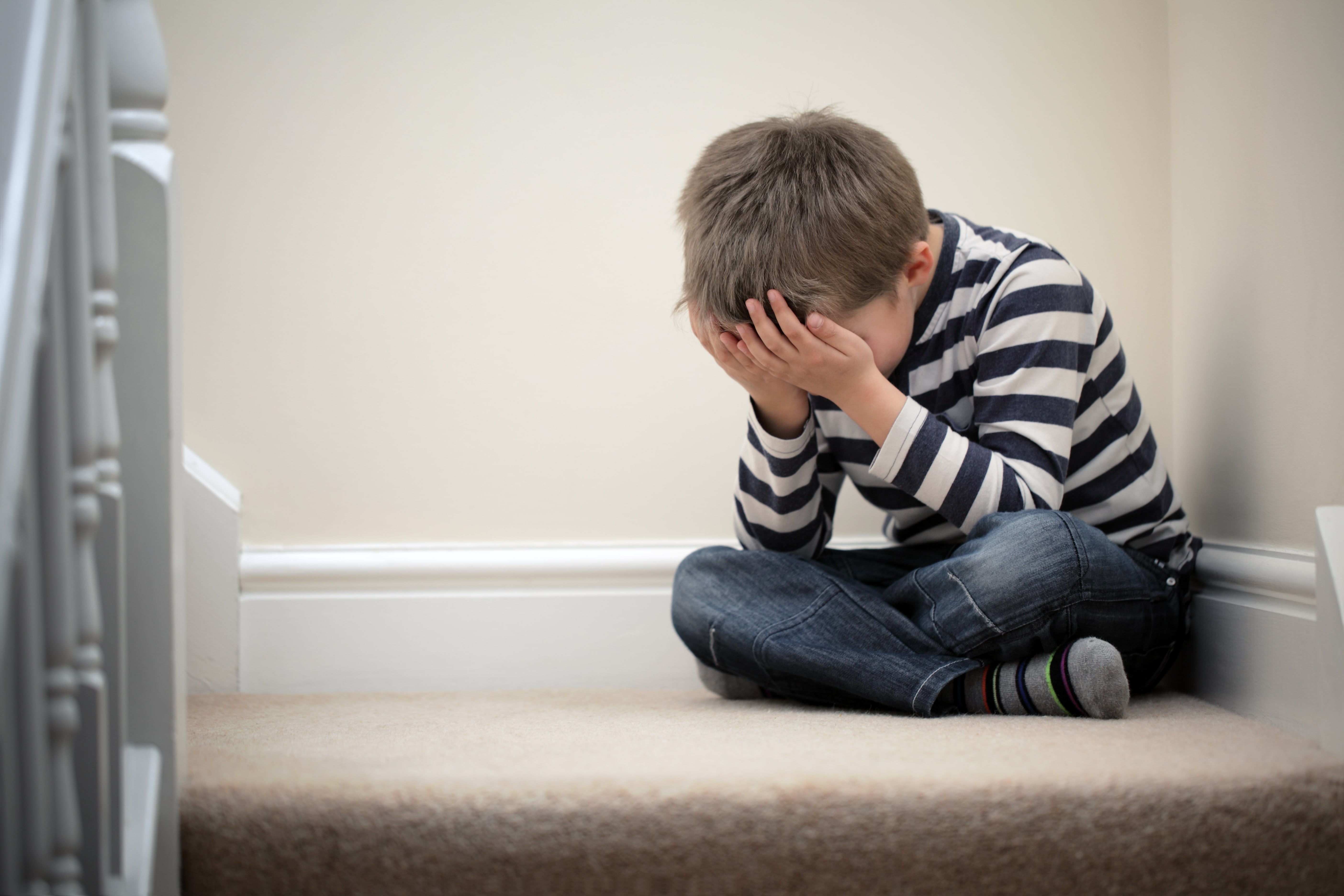Schizoaffective disorder is part of a cluster of diagnoses called the schizophrenia spectrum and other psychotic disorders. Schizophrenia spectrum and other psychotic disorders are a group of psychiatric conditions that include:

These disorders are characterized by symptoms that can be divided into two groups: positive and negative.
Positive symptoms are those which are in addition to normal experiences and which youth without schizophrenia will rarely experience. Positive symptoms include delusions, hallucinations, disorganized thinking (speech), and grossly disorganized or abnormal motor behavior (including catatonia). Delusions are fixed beliefs that are not amenable to change in light of conflicting evidence. Hallucinations are perception-like experiences that occur without external stimulus. Disorganized thinking/speech is characterized by a derailment or loose associations in an individual's speech pattern. Grossly disorganized or abnormal motor behavior is a difficulty in sustaining goal-oriented behavior. This may manifest itself in a variety of ways, ranging from childlike "silliness" to unpredictable agitation.
Negative symptoms include diminished emotional expression, avolition, alogia and anhedonia. Negative symptoms are those that involve a loss of normal function or experience. Diminished emotional expression is the reductions in the expression of emotions in the face, eye contact, intonation of speech, and movement of hand, head, and face that normally give an emotional emphasis to speech. Avolition is a decrease in motivated self-initiated purposeful movement. Alogia is manifested by diminished speech output. Anhedoia is the decreased ability to experience pleasure from positive stimuli.

Schizoaffective disorder is a neuropsychiatric disorder that encompasses clinical features found in both mood disorders and schizophrenia. This is characterized by delusions, hallucinations, formal thought disorder, or negative symptoms that co-occur with depressive and/or manic symptoms.
There are two types of schizoaffective disorder:
The disorder may occur in a variety of temporal patterns. The following is a typical pattern: An individual may have pronounced auditory hallucinations and persecutory delusions for at least 2 months before the onset of a major depressive episode. The psychotic symptoms and the full major depressive episode are then present for at least 3 months. Then, the individual recovers completely from the major depressive episode, but the psychotic symptoms persist for at least another month before they disappear.
The symptoms and behavior of children and adolescents with schizoaffective disorder may be different from those of adults with this illness. The following symptoms and behaviors can occur in children or adolescents with schizoaffective disorder:
Schizoaffective disorder affects approximately 0.3% of adults. Onset of schizoaffective disorder typically occurs in early adulthood, although onset can occur anywhere from adolescence to late in life.
Schizoaffective disorder in youth is extremely rare. There are no current estimates of children and adolescents with schizoaffective disorder. Schizoaffective disorder, bipolar type may be more common in young adults, whereas schizoaffective disorder, depressive type, may be more common in older adults. The diagnosis of schizoaffective disorder is made using the same diagnostic criteria as those used for adults.

Schizoaffective disorder in children and adolescents is very difficult to accurately diagnose in children and adolescents. The stability of early-onset schizoaffective disorder as a diagnosis appears to vary over time and can be difficult to distinguish from schizophrenia, bipolar disorder, and other mood disorders.
Youth with schizoaffective disorder present with the same severity of psychotic symptoms and functional impairment as those with schizophrenia. Common premorbid difficulties include social withdrawal and isolation, disruptive behavior disorders, academic difficulties, speech and language problems, although these problems are also often present in children who do not go on to develop schizophrenia.
There is little to no information in the literature on the etiology, risk factors and prognosis of children and adolescents with schizoaffective disorder. There is however, more research available on children and adolescents who have been diagnosed with early-onset schizophrenia. Early-onset schizophrenia is the diagnosis of schizophrenia prior to 18 years old.
Children and adolescents with schizophrenia are frequently marked by deficits in cognitive impairment such as deficits in attention or vigilance, memory, and executive functioning. A generalized or global impairment (e.g., subaverage IQ) is also common in this population. Approximately 10-20% of children with schizophrenia have a full-scale IQ of 70 or below.
Because schizophrenia in youth often has an insidious onset, the gradual development of psychotic symptoms in a child with premorbid language delays and social withdrawal can be difficult to recognize. Children may experience less elaborate delusions and hallucinations than adults. Visual hallucinations are more common in children with schizophrenia and should be distinguished from normal fantasy play. Symptoms such as disorganized speech and behavior, which are typically present in schizophrenia, also occur in many other disorders of childhood onset (e.g., autism spectrum disorder and attention-deficit hyperactivity disorder).
Family, twin, and adoption studies support a strong genetic component for schizophrenia. The lifetime risk of developing the illness is 5-20 times higher in first-degree relatives when compared to the general population. Risk factors that include paternal age and in utero exposure to maternal famine have also been hypothesized to contribute to the development of schizophrenia. Early childhood trauma has also been associated with childhood psychotic symptoms. Children who experienced maltreatment by an adult or bullying by peers were found to be at a higher risk for psychotic disorders later in life. Schizophrenia peaks at the age of 15 and this is one of the reasons why many authors see puberty as a risk factor for schizophrenia. Neurobiological changes that occur during the puberty and adolescence can influence more frequent occurrence of schizophrenia during this period of life. These neurobiological changes include progressive ventricular enlargement, reduction in total brain and thalamus volume, changes in temporal lobe structures, and reductions in frontal metabolism, volume reduction of the associative cortex and hippocampus, synaptic elimination during adolescent development of the prefrontal cortex, diminishing of cerebral plasticity, and changes in neurotransmission.

Schizoaffective Disorder in children and adolescents is treated using generalized results from adult population studies or from studies that utilize childhood or adolescent "schizophrenia-spectrum" inclusion criteria. There are currently no published guidelines for schizoaffective disorder in the youth population.
The following treatment guidelines for Schizoaffective Disorder are based on the adult population.
First Line Treatments
Second Line Treatments
In cases of nonresponse to first-line treatment, adjunctive treatments to be used in conjunction with antipsychotic medications with reasonable evidence of efficacy include:
Third Line Treatments
When patients do not respond adequately to the first- and second-line treatments described above, other strategies might include:
Additional Treatments to Consider
Preliminary evidence suggests that the following strategies, while not a substitute for better validated treatments described above, might be considered.
The following treatment guidelines for Schizoaffective Disorder are based on the adult population.
First Line Treatments
Second Line Treatments
In cases of nonresponse to first-line treatment, adjunctive treatments to be used in conjunction with antipsychotic medications with reasonable evidence of efficacy include:
Third Line Treatments
When patients do not respond adequately to the first- and second-line treatments described above, other strategies might include:
Additional Treatments to Consider
Preliminary evidence suggests that the following strategies, while not a substitute for better validated treatments described above, might be considered.